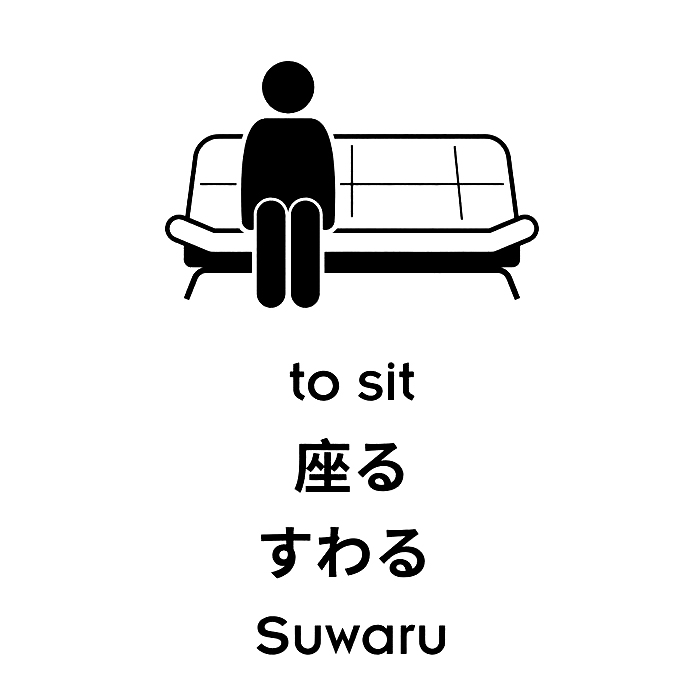One of the clearest signs you’ve reached a certain societal tier in Japan isn’t a gold watch or a retirement party. It’s being invited to sit. Not because you’re tired. Not because you asked. But because everyone silently agrees that your walking-about days are now a polite fiction.
You’re not being told to sit. That would be rude. But you’re offered a seat so persistently, on the train, at the park, during the neighborhood festival that refusal starts to feel like rebellion. It’s less about comfort, more about social choreography. “You’ve contributed,” the culture seems to say. “Now kindly remove yourself from the flow of traffic.”
Retirement in the West is often a bureaucratic milestone, circled on a government calendar. You may sit, but only if the state permits you to. It’s conditional, regulated, and probably taxed. In Japan, by contrast, the transition is more atmospheric a societal weather change. One day you’re expected to stand. The next, you’re expected to stop.
But what happens after you sit?
That’s where things really diverge.
Western retirees often envision an active second act: sailing, cycling, writing that novel, or becoming suspiciously good at golf. In Japan, many retirees simply return to the rhythm of daily life, hobbies, volunteering, or the semi-sacred art of doing precisely what they were doing before, only slower and with more tea. It’s less bucket list, more bento box: compact, carefully arranged, and meant to be savored in quiet portions.
And then, of course, there’s her A.K.A – his wife.
In many Japanese households, after retirement, the husband finds himself under new management. The house, once a shared space, is now unmistakably her office. She has a system. She has a routine. You are not part of it. At best, you’re a houseplant that occasionally brews coffee. At worst, you are actively in the way. This is why so many men retire into golf, fishing, or suspiciously long walks around the block. Not for leisure. For survival.
It’s safer outside. Trust me.
Wabi-sabi, the Japanese aesthetic of imperfection and impermanence, teaches us that flaws can be beautiful. Retirement here isn’t a collapse. It’s a recalibration. A gentle lean toward something quieter, less urgent – like a certain famous tower that gave up on standing straight and found fame by wobbling gracefully.
So whether you’re in Tokyo, Tuscany, or Tampa, maybe sitting isn’t the end. Maybe it’s the beginning of a different kind of presence, one that doesn’t rush. One that watches cherry blossoms fall, or pigeons unionize, or vending machines whisper secrets. One that no longer needs to prove anything.
And if that seat comes with a cushion and a thermos of green tea? Even better.
In the West, you don’t just retire – you qualify. If the government approves your paperwork, your years of contribution, and possibly your bone density, then you may sit. Briefly. But don’t get too comfortable. That chair comes with conditions, and probably a pamphlet on avoiding burdenhood.
Meanwhile, in Japan – especially in towns where moss grows freely and people wear towels on their heads while gardening – retirement is less of a reward and more of a return. A quiet shift from economic unit to living soul. One day it’s the 7:15 train in a suit. The next, it’s a fishing vest and birdwatching. No announcement. No ceremony. Just presence.
So: to sit or not to sit?
In the West, it depends. Did you file the right forms? Did the market cooperate? Are you 65, or just tired?
In Japan, the answer might simply be: you already are.
Author’s Note:
So that’s enough sitting for me and it’s coffee time – and zen chairs, wives with battle plans and gravity for all you other oldies out there.
Maybe that’s the real difference. In the West, retirement is an achievement you must validate. In Japan, it’s more of an elegant tilt, a quiet shift in posture. Like a famous Italian landmark, you’re not out of place. You’ve just leaned into it more and have the correct uniform.


Leave a Reply